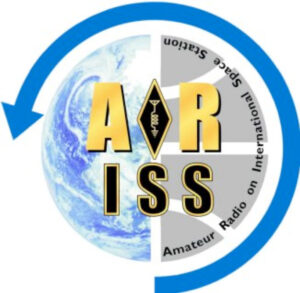Building a Roll-off Roof Observatory
Another school contact with the International Space Station
Tips for photographing the night sky
An experienced photographer friend asked me to provide some tips on photographing the night sky… This set me thinking about the various aspects that I take for granted but possibly might not be that well known. Here’s a few thoughts and hints, in no particular order – hope they help! Continue reading “Tips for photographing the night sky”
Starlink satellites
Following a very bright pass of the Starlink satellites on Sunday 19th April that got everyone talking, I thought I’d set up the DSLR to take a hi-res timelapse of the satellite train… Unfortunately due to cloud cover or just being later in the evening, the satellites weren’t seen in the numbers that had been expected.
Here’s the video from the first part of the night – starts at about 21:00 hours and runs for a couple of hours. The photos are 30 second exposures, taken every thirty seconds, replayed at 2 frames per second.
After the cloud rolled in around midnight, I left the camera running through the night and retired to bed. The timelapse caught several of the Lyrid meteors, as well as the Starlink train at about 03:30.


 Examples of the photos I have managed to take from the new set-up can be seen in the
Examples of the photos I have managed to take from the new set-up can be seen in the  Well that was fun! Not quite the same as being with the ARISS team in a school, but able to hear the astronaut here quite clearly…
Well that was fun! Not quite the same as being with the ARISS team in a school, but able to hear the astronaut here quite clearly…